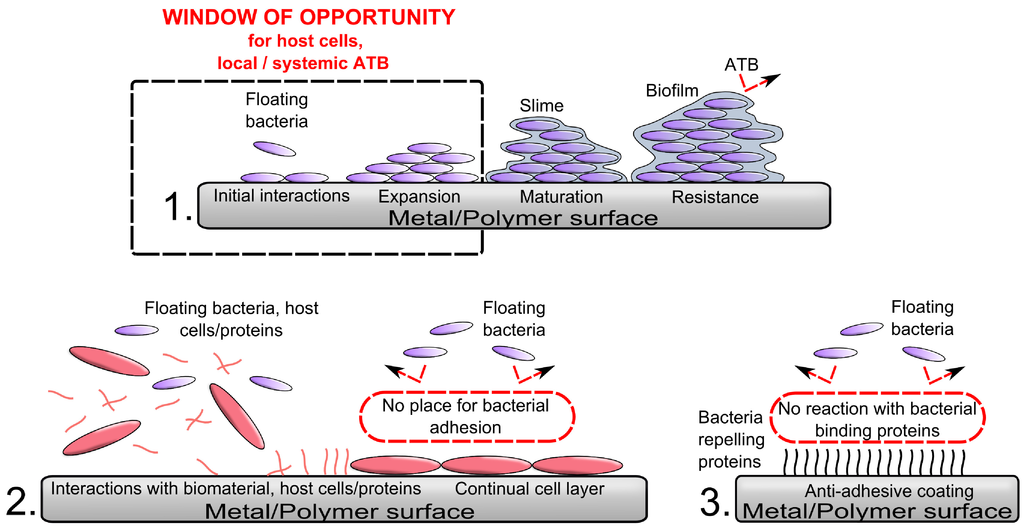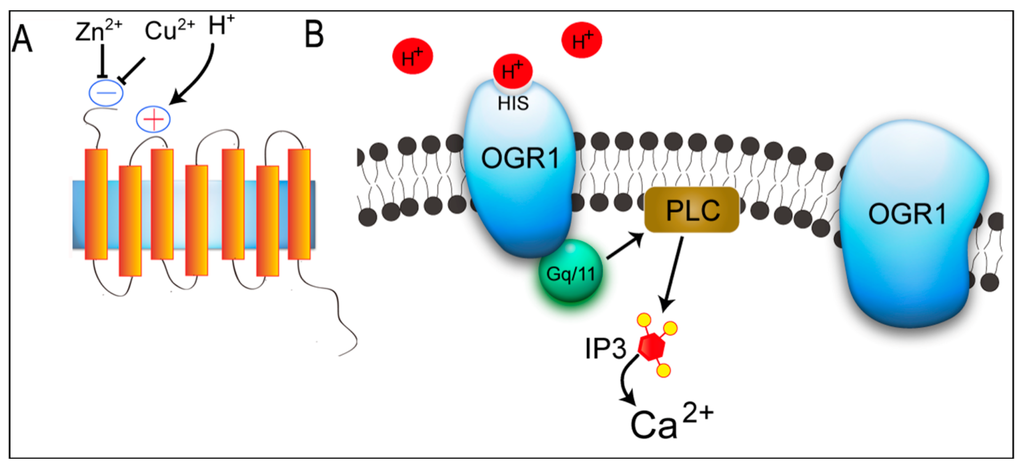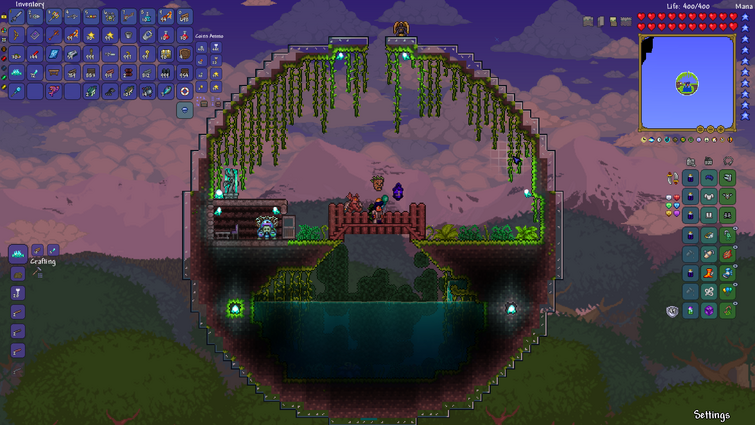IJMS, Free Full-Text
Por um escritor misterioso
Descrição
Crop breeding has mainly been focused on increasing productivity, either directly or by decreasing the losses caused by biotic and abiotic stresses (that is, incorporating resistance to diseases and enhancing tolerance to adverse conditions, respectively). Quite the opposite, little attention has been paid to improve the nutritional value of crops. It has not been until recently that crop biofortification has become an objective within breeding programs, through either conventional methods or genetic engineering. There are many steps along this long path, from the initial evaluation of germplasm for the content of nutrients and health-promoting compounds to the development of biofortified varieties, with the available and future genomic tools assisting scientists and breeders in reaching their objectives as well as speeding up the process. This review offers a compendium of the genomic technologies used to explore and create biodiversity, to associate the traits of interest to the genome, and to transfer the genomic regions responsible for the desirable characteristics into potential new varieties. Finally, a glimpse of future perspectives and challenges in this emerging area is offered by taking the present scenario and the slow progress of the regulatory framework as the starting point.

IJMS Free Full-Text Research Advances In Mechanical, 52% OFF

www.mdpi.com/ijms/ijms-13-04564/article_deploy/htm

IJMS, Free Full-Text
Fair Priced FavoriteIJMS, Free Full-Text, louis velasquez cgm

IJMS, Free Full-Text

How To Use EJS to Template Your Node Application

IJMS, Free Full-Text

IJMS, Free Full-Text

Ijms Free Full Text Abnormalities In Alternative 25056

IJMS, Free Full-Text
de
por adulto (o preço varia de acordo com o tamanho do grupo)







